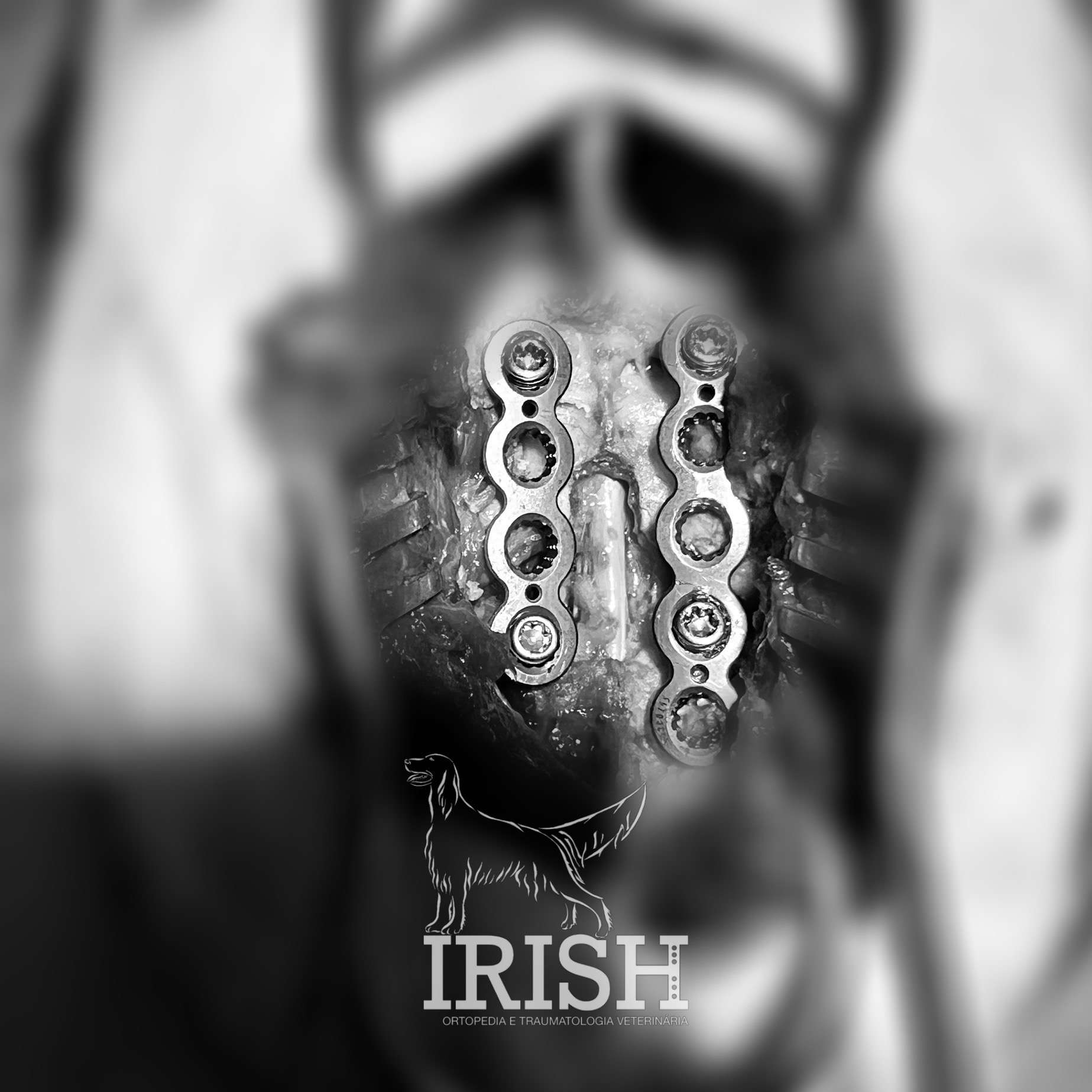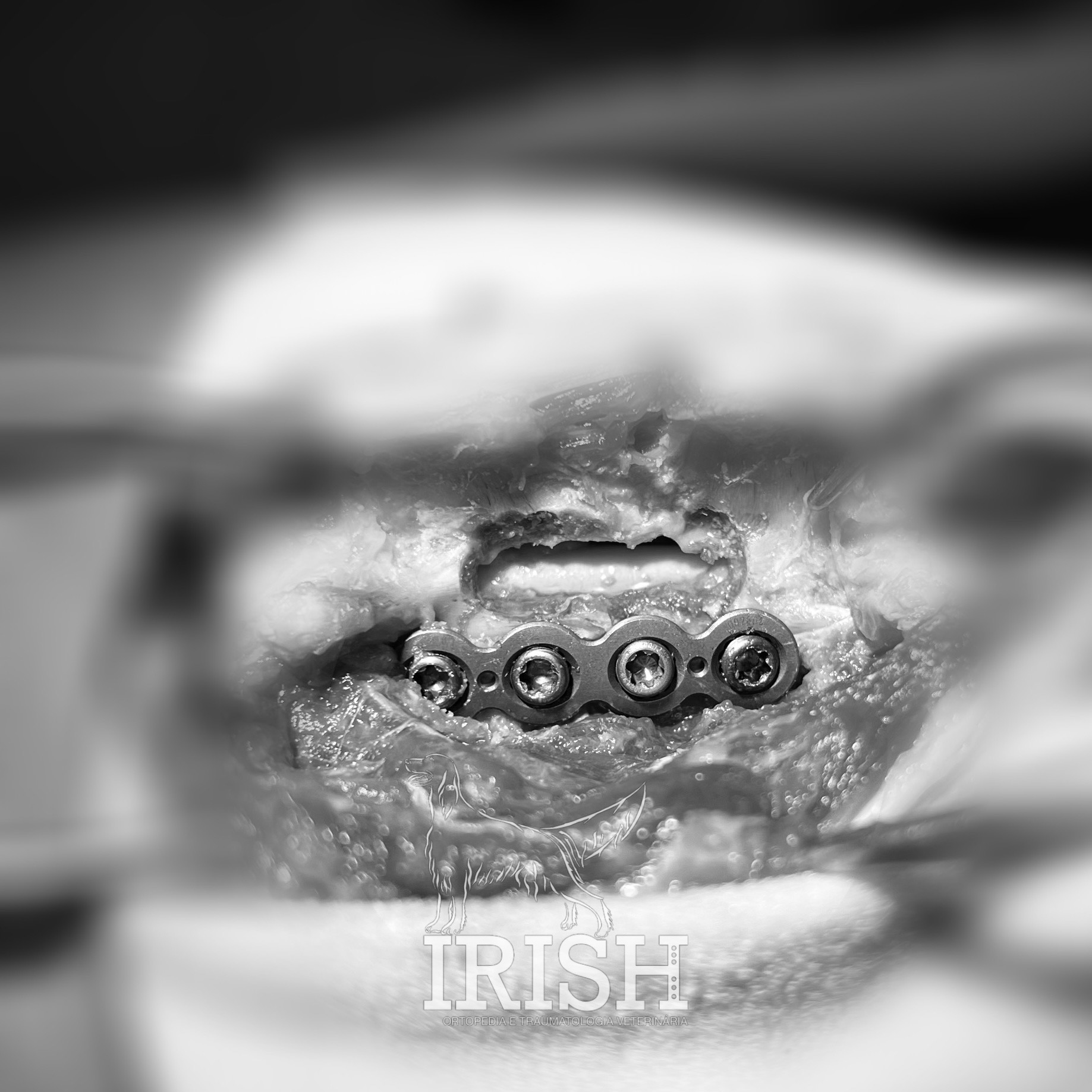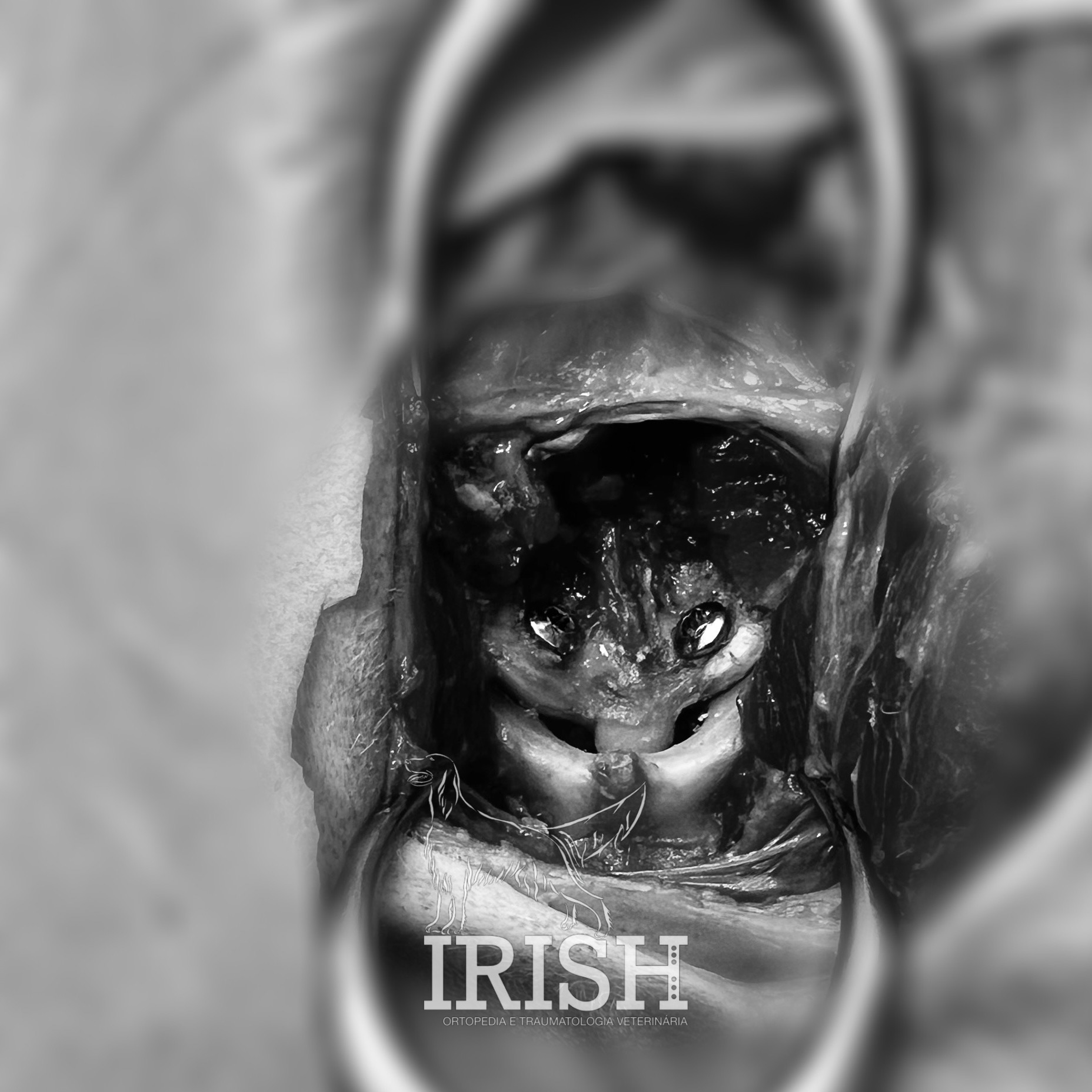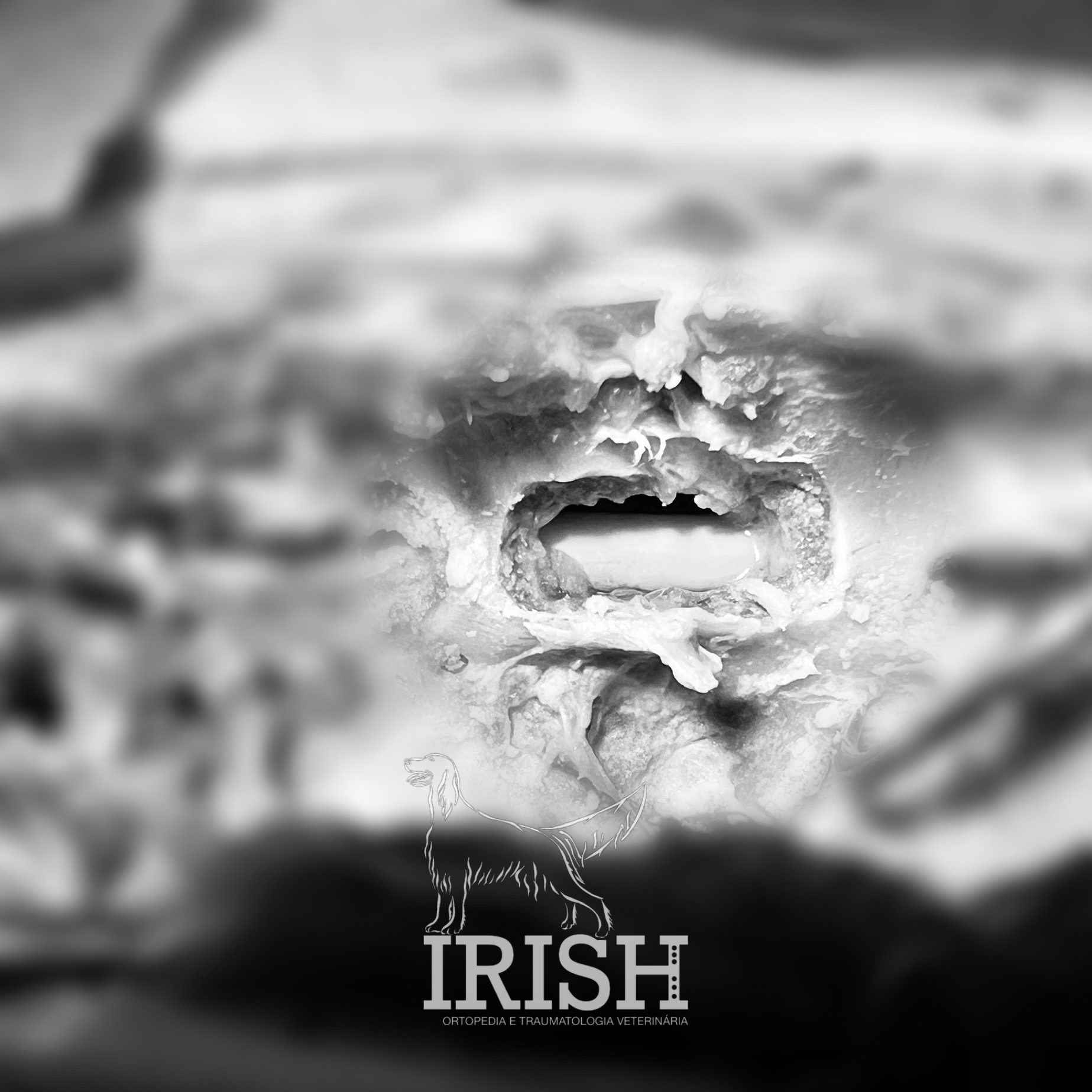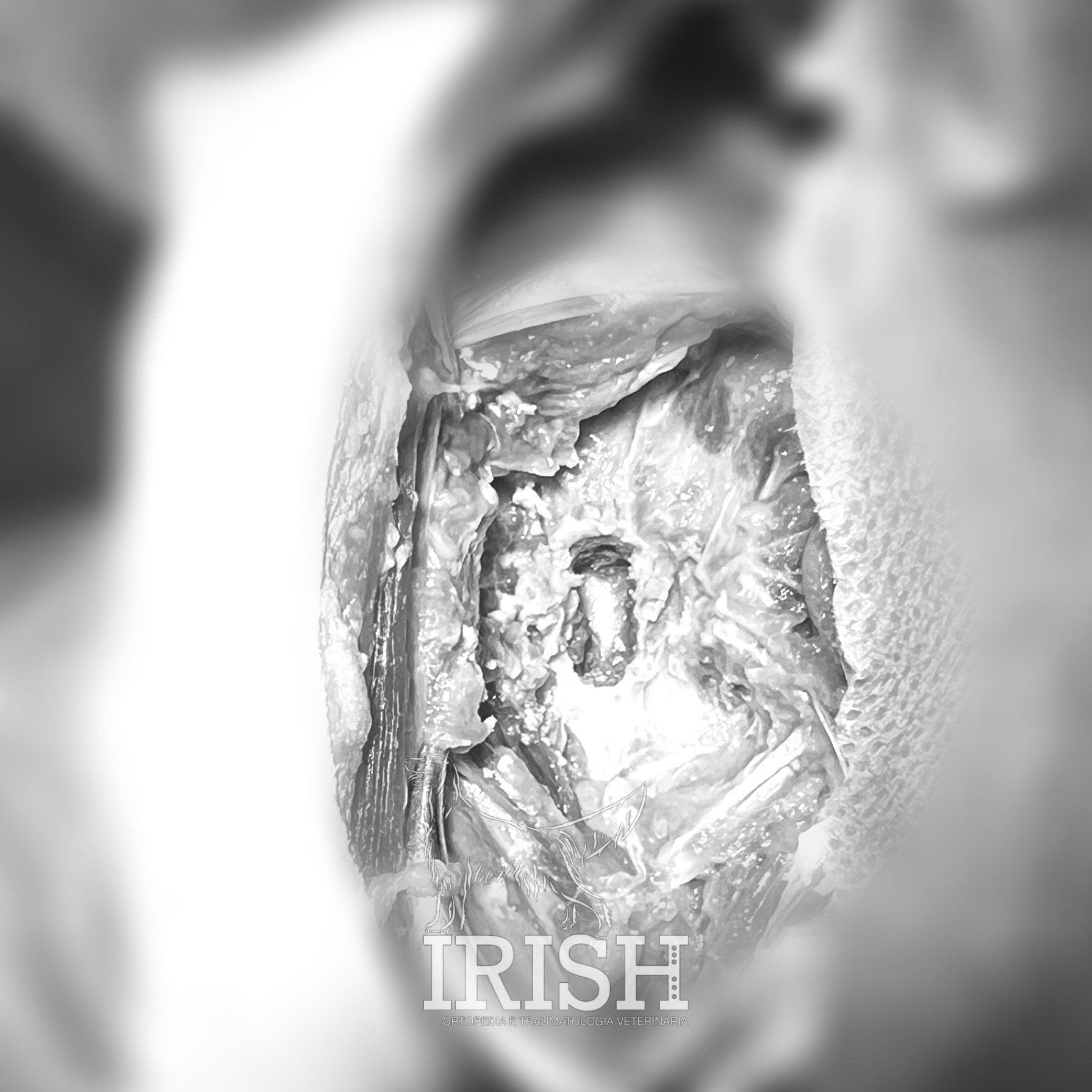Neurosurgery - Pathologies
What it is?
A instabilidade atlanto-axial consiste no movimento excessivo da articulação entre as vértebras C1 e C2. É normalmente causada por anomalias de desenvolvimento do dente do áxis (parte da vértebra C2) ou fraco suporte ligamentar. Esta instabilidade pode levar a subluxação vertebral o que irá comprimir a espinal medula. Os sinais clínicos podem variar desde dor no pescoço a tetraparesia/plegia não ambulatória.
How are they diagnosed?
Exame neurológico e exames complementares de imagem (radiografia, TAC ou RM).
What is the treatment?
Rapid diagnosis influences the outcome of the therapy applied. Surgery for vertebral stabilization is the preferred treatment, with the highest success rate. Once diagnosed, the patient should receive drug therapy and the neck should be immobilized.
What it is?
A herniated disc can arise as a result of a degenerative disease of components of the intervertebral disc or as an acute event resulting from trauma.
The affected intervertebral disc will cause compression on the spinal cord, which passes inside the vertebral canal, giving rise to the symptoms of the disease. Depending on the degree of compression, the speed with which the pathology develops and the chronicity of the disease, animals can show various signs ranging from pain to loss of neurological abilities (often recognized by the owner as dragging limbs or loss of ambulatory capacity).
How are they diagnosed?
By means of a neurological examination and complementary imaging tests (CT or MRI).
What is the treatment?
Treatment depends on the clinical presentation and can be medicated or surgical. Surgery consists of opening a window between the vertebrae to decompress the spinal cord. The technique used will depend on the location of the lesion: when cervical, the ventral slotwhen thoracolumbar, the lateral vertebral hemilaminectomy e quando sacro-lombar é utilizada a técnica de laminectomia vertebral dorsal.
What it is?
It most often occurs as a result of trauma. It occurs most frequently in the thoracolumbar spine. After the trauma, the instability and movement of the bone segments can continue to cause spinal cord injury. The signs presented can be varied, from local pain to loss of ambulatory capacity.
How are they diagnosed?
Exame neurológico em associação com exame complementar de imagem (radiografia ou TAC).
What is the treatment?
After trauma, the primary objective is to stabilize the affected segment of the spine and apply shock treatment. Depending on the type of injury and the patient's evolution, it may make sense to opt for medical management alone, but deterioration in the clinical neurological state indicates the need for surgical treatment for stabilization.
The surgical technique will depend on the characteristics and location of the injury. Vertebral stabilization may be necessary in situations of cervical vertebral fracture or dislocation, toraciclombar or lombo-sacral..
Neurosurgery - Surgeries
What is it?
The ventral slot is a surgical technique used in situations where decompression of the cervical spinal cord is necessary. The surgical access is ventral.
Lateral or dorsal vertebral hemilaminectomy is used to decompress a segment of the remaining spinal cord. Its access is lateral or dorsal.
Common pathologies in which these techniques are recommended: intervertebral disc herniation.
What is it?
Spinal stabilization can be achieved using various surgical techniques and materials. It is common to use screws alone or a plante and screws. The aim is to eliminate movement between two unstable segments.
Common pathologies in which these techniques are recommended: altanto-axial instability, lombar vertebral stabilization, sub/luxation.
